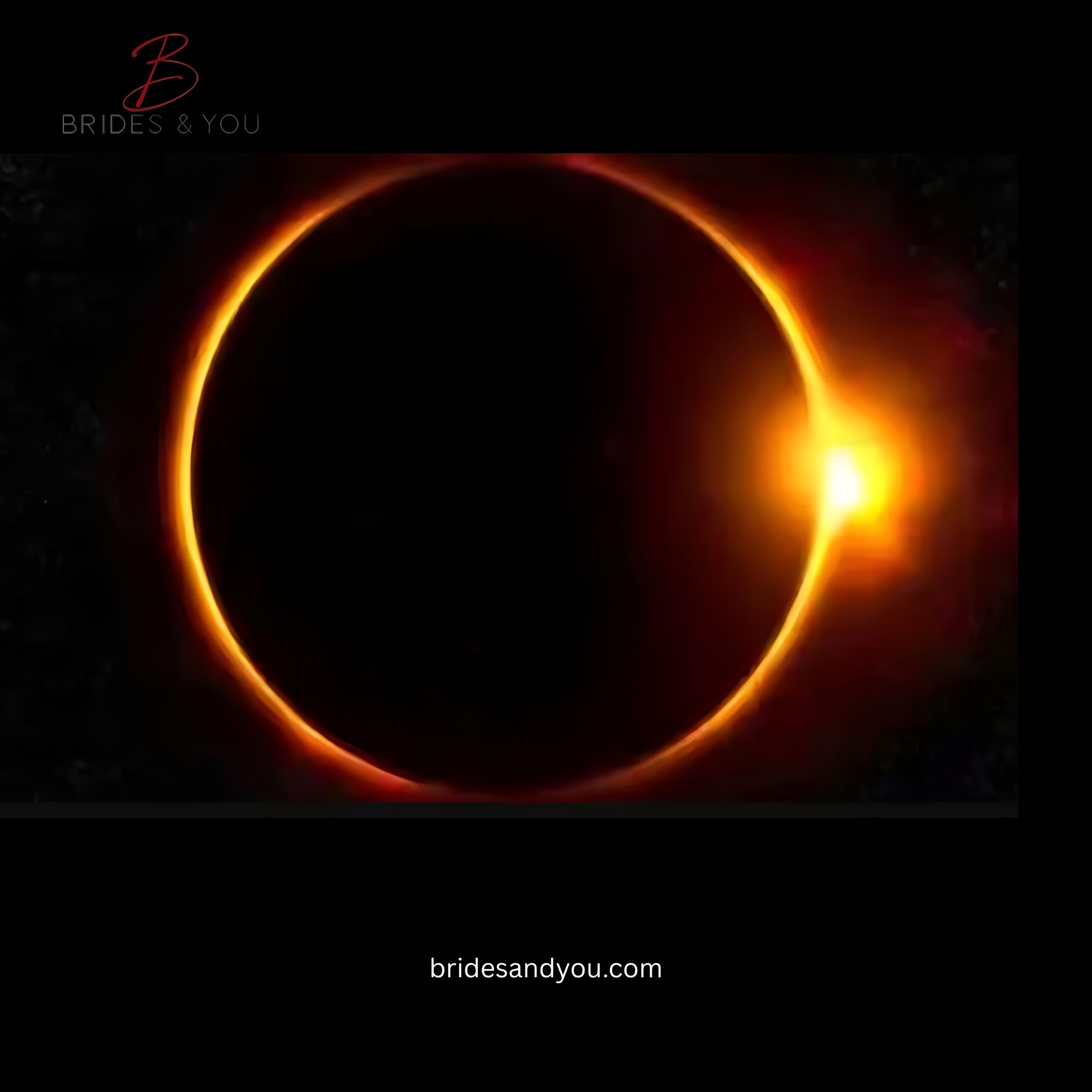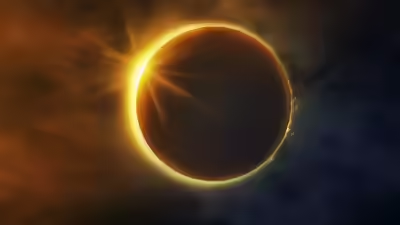Now Reading: Where to Watch the Last Solar Eclipse of 2025 on September 21 – Top Viewing Spots Revealed!
-
01
Where to Watch the Last Solar Eclipse of 2025 on September 21 – Top Viewing Spots Revealed!
Where to Watch the Last Solar Eclipse of 2025 on September 21 – Top Viewing Spots Revealed!

The Last Solar Eclipse of 2025 – A Celestial Finale
Sky-watchers across the globe are preparing for an incredible sight. The last solar eclipse of 2025 will occur on September 21, bringing a dramatic display to the skies of the Southern Hemisphere. The sun will appear in a stunning crescent form as the moon moves in front of it, creating a breathtaking spectacle for those fortunate enough to be in the right regions.
Unfortunately, this cosmic show will not be visible in Pakistan. However, astronomy lovers worldwide are still excited, as solar eclipses are rare and unforgettable events.

Where to Watch Last Solar Eclipse of 2025
The upcoming solar eclipse begins at 10:30 pm PST on September 21, peaks at 12:42 am, and ends at 2:54 am on September 22. That makes it a four-hour event, offering sky-watchers plenty of opportunities to enjoy the rare sight.
Here are the top regions where it will be visible:
- New Zealand – One of the best countries to witness the event with clear skies expected in many areas.
- Australia (Southern regions) – Partial views of the solar eclipse will be visible from several cities.
- South Pacific Islands – Ideal viewing points for those living or traveling in the region.
- Antarctica – Though remote, this region will see a dramatic view of the eclipse.
These locations are lucky, as the eclipse will create crescent-shaped sunlight and darkening skies, making it a memorable experience.
Solar Eclipses in 2025
The year 2025 is unique because it brings four eclipses in total – two solar and two lunar. Sky enthusiasts have already witnessed a lunar eclipse earlier this year, and now the solar eclipse marks the celestial highlight.
- March 29, 2025 – First solar eclipse (not visible in Pakistan).
- September 21, 2025 – Final solar eclipse of the year (visible in Southern Hemisphere).
- Two additional lunar eclipses also wowed people across the world this year.
For those living in Pakistan, the next chance to experience a total solar eclipse will be on August 12, 2026, when parts of Greenland, Iceland, Spain, Russia, and Portugal will enjoy the event.

What is a Solar Eclipse?
A solar eclipse happens when the moon passes between the Earth and the Sun, blocking sunlight either completely or partially. Depending on how they align, eclipses can appear in different forms:
- Total Solar Eclipse – The Sun is fully covered by the Moon, and the day briefly turns into night.
- Partial Solar Eclipse – Only part of the Sun is hidden.
- Annular Solar Eclipse – The Moon covers the center of the Sun, leaving a glowing “ring of fire.”
- Hybrid Solar Eclipse – A rare mix of annular and total eclipse, shifting depending on the viewer’s location.
Eclipses are possible because, while the Sun is about 400 times wider than the Moon, it is also 400 times farther away. This fascinating balance makes them appear the same size in our sky.
Why Solar Eclipses are Rare
Solar eclipses are extraordinary because they don’t happen often in the same place. On average, a total solar eclipse happens once every 375 years at any specific location. This rarity makes every eclipse a must-watch event.
During an eclipse, you might notice:
- A sudden drop in temperature.
- Birds and animals becoming silent or confused.
- The sky turning dim, resembling twilight.
For centuries, humans have been amazed by eclipses, with many cultures considering them mysterious or symbolic events. Today, they are moments of scientific interest and wonder.
Safety Tips for Watching a Solar Eclipse
If you are in one of the viewing locations for the last solar eclipse of 2025, it’s important to watch it safely. Looking directly at the Sun without protection can harm your eyes permanently. Here are some tips:
- Use special solar eclipse glasses or certified solar filters.
- Never use regular sunglasses – they do not provide enough protection.
- Do not look at the Sun through a camera lens, telescope, or binoculars without a solar filter.
- The safest way is to watch through indirect methods like a pinhole projector.
Final Thoughts
The last solar eclipse of 2025 on September 21 is a must-see for sky-watchers in the Southern Hemisphere. From New Zealand to Antarctica, this natural show will light up the skies with its dramatic crescent shape. Though Pakistan will miss this event, astronomy lovers can still look forward to the 2026 total solar eclipse, which promises an even greater spectacle.
Eclipses remind us how vast and mysterious our universe is. Whether you’re watching from your backyard, a remote island, or online through live streams, it is a moment worth remembering.










